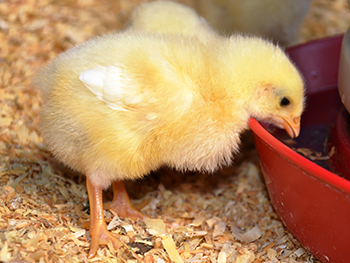
This year, 2014, is the year that will be remembered by my family for two things. It is the year my son, George, was born. And, it is the year the reservoir did not fill. These two events, although both individually extraordinary, could not be more juxtaposed from tremendous joy to stomach churning apprehension. Well, to be fair, George is a newborn, so apprehension plays a role there, too.
Big Bluff Ranch (BBR) is a diversified family grassfed cattle and pastured poultry ranch in the western foothills of the Northern Sacramento Valley. We generate our own power, have our own potable and non-potable water sources, foster wildlife habitat, provide recreation, and support two households. We are in a precipitation based watershed and rely on the local creek and our private off-stream reservoir for agricultural and environmental survival. In short, BBR is a microcosm of the proposed Sites Reservoir Project.
This historic drought is both an individual and communal experience across water user sectors in California. We are no different at Big Bluff Ranch, struggling to maintain our operations and meet our basic needs during this drought period.

Absent a disturbingly unfilled reservoir, we don’t worry about watering the lawn. We worry about being able to water the chickens. We did not plant any crops this year and maintain a down-scaled private garden.
Due to a dry winter and resulting lack of grass growth, we worry about a lack of forage for cattle and wildlife populations. We, along with many of our colleagues across the State, have had to destock cattle and sheep this Spring. The decreased meat supply is already being reflected in prices to consumers.
As part of our drought management, we have turned off our hydropower plant and rely completely on our solar plant. Here at BBR, we don’t worry about brown outs. But we do expect that we will lose power during many nights. We rely on passive cooling except for a few fans. Further, without the hydro plant running, our added contribution to the local creek for habitat enhancement has been eliminated.
We continue to monitor and mitigate for drought impacts to our potable water supply, income producing recreational opportunities, fire readiness, and riparian habitats.

Competition for a resource that just isn’t there this year is unprecedented in modern times. Again, we at BBR, as will all of agriculture, will do more with less. And again, the expectation for agriculture will be unsustainably redefined with long ranging negative impacts for the environment, national food-security, and consumers.
Two years ago, we reinvested in our water delivery infrastructure on the ranch. I can tell you with certainty that this year would have looked even more distressing without that investment. We were fortunate in our timing and I wonder when California will finally see the long overdue need to make the same investment?



